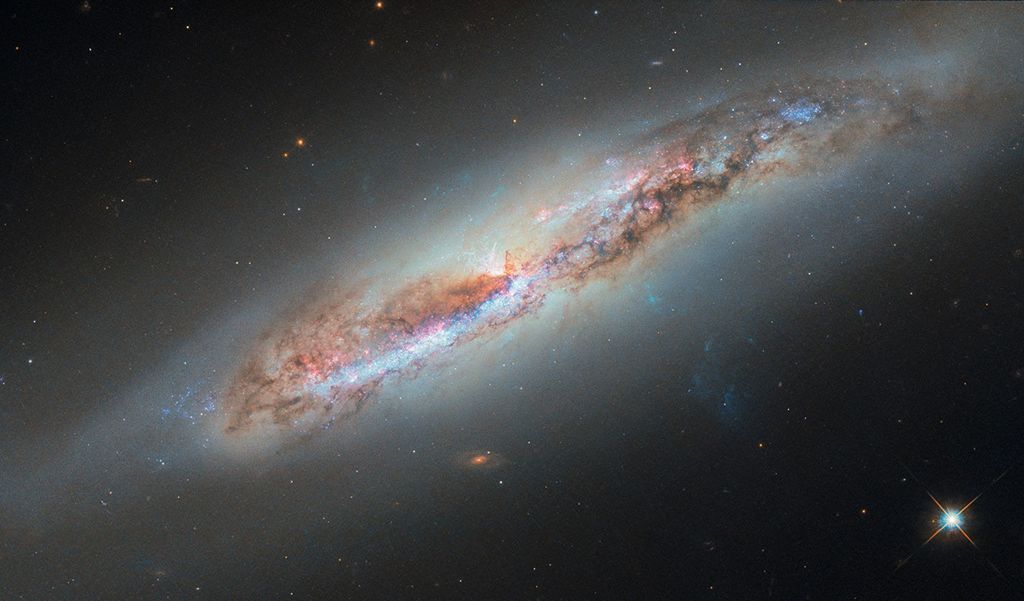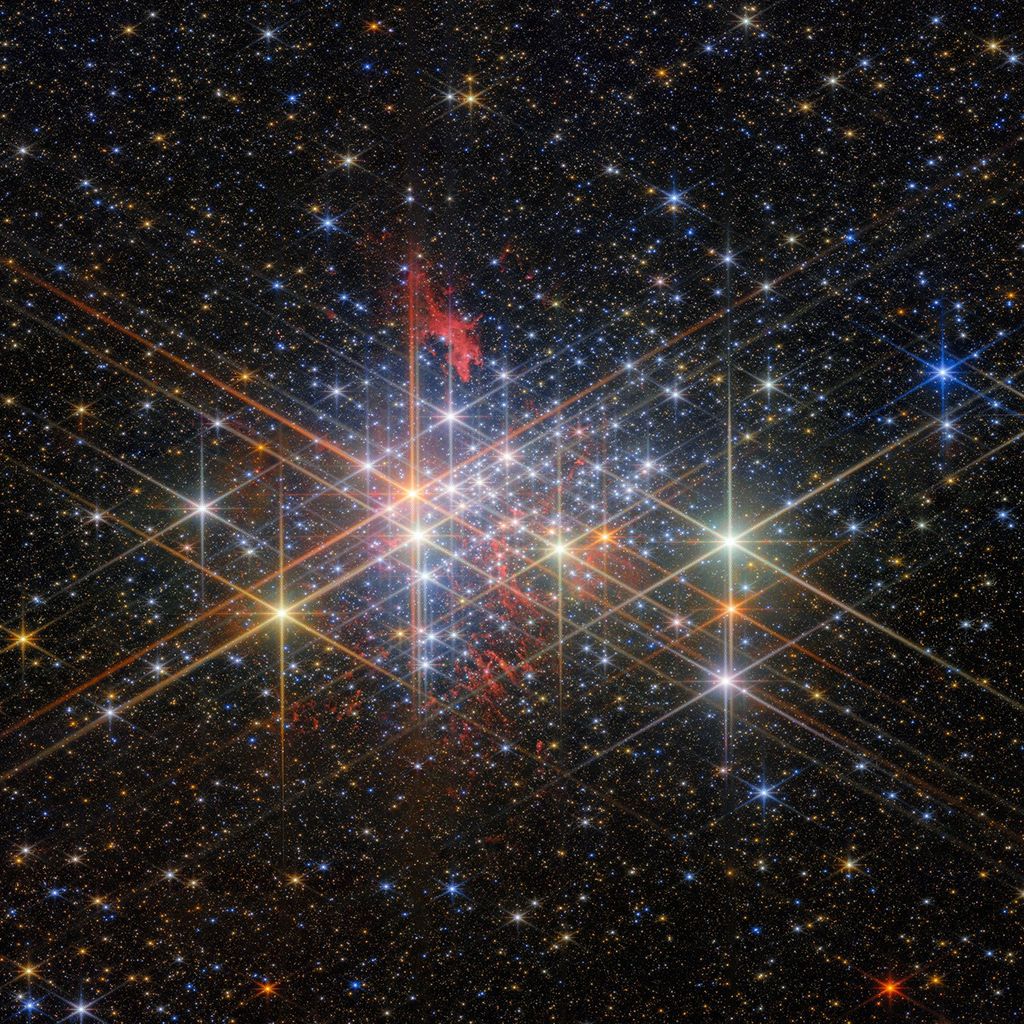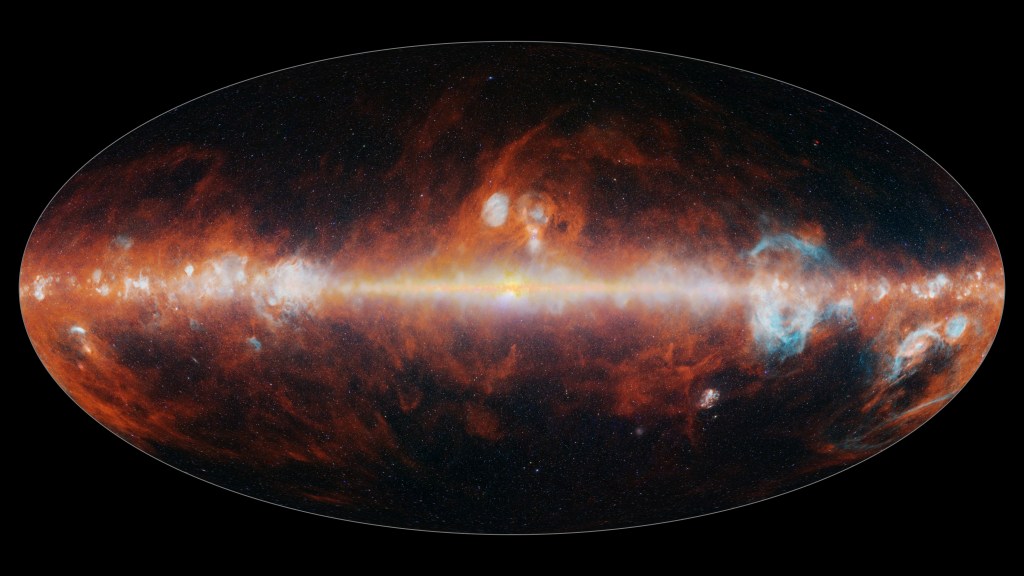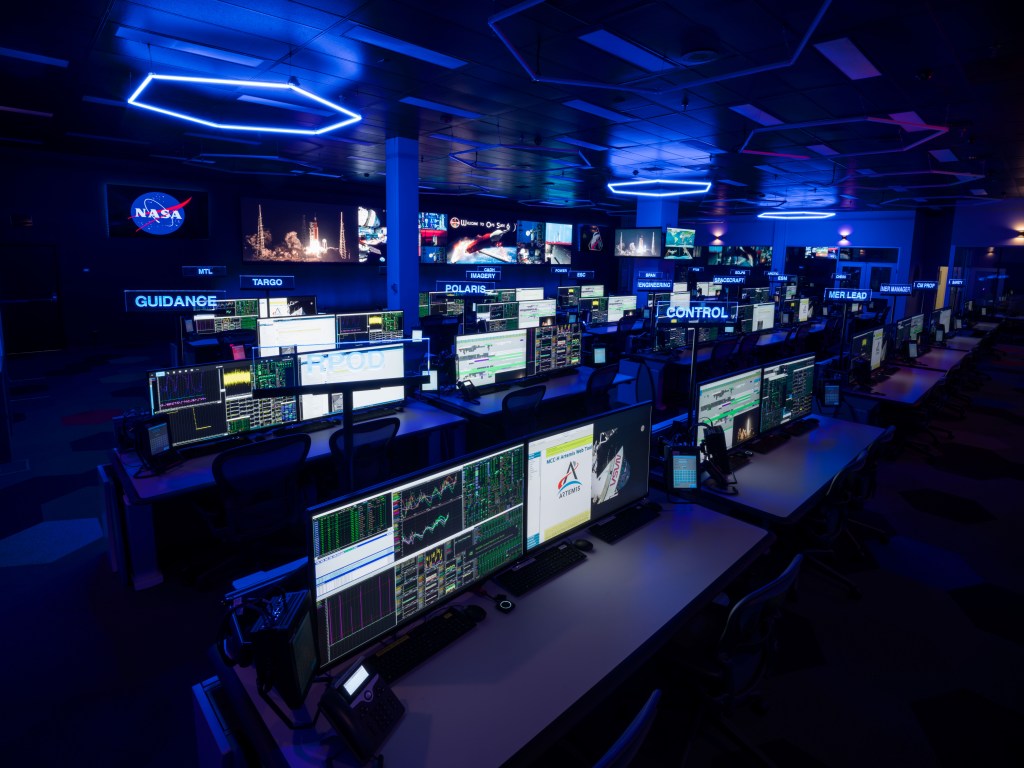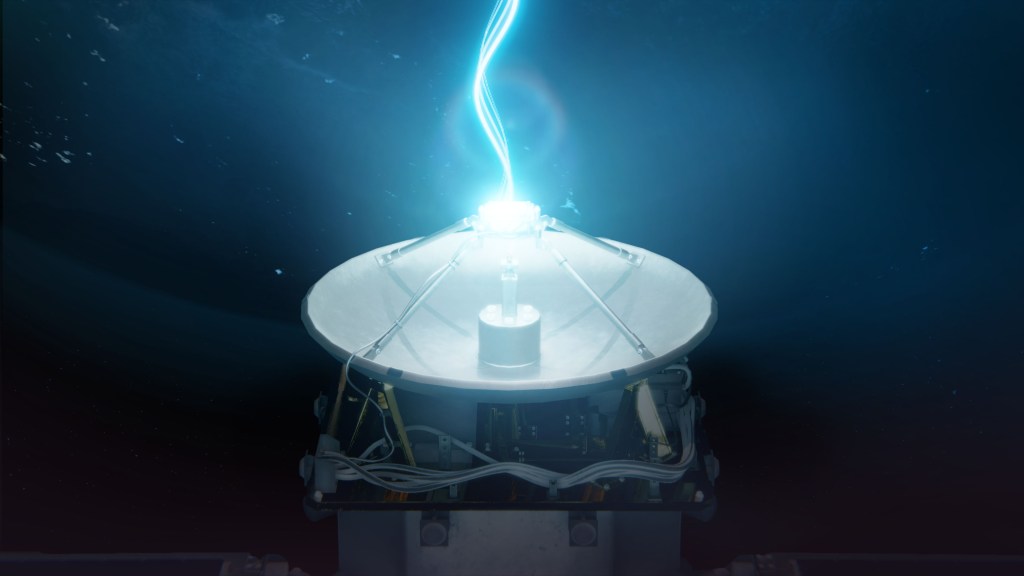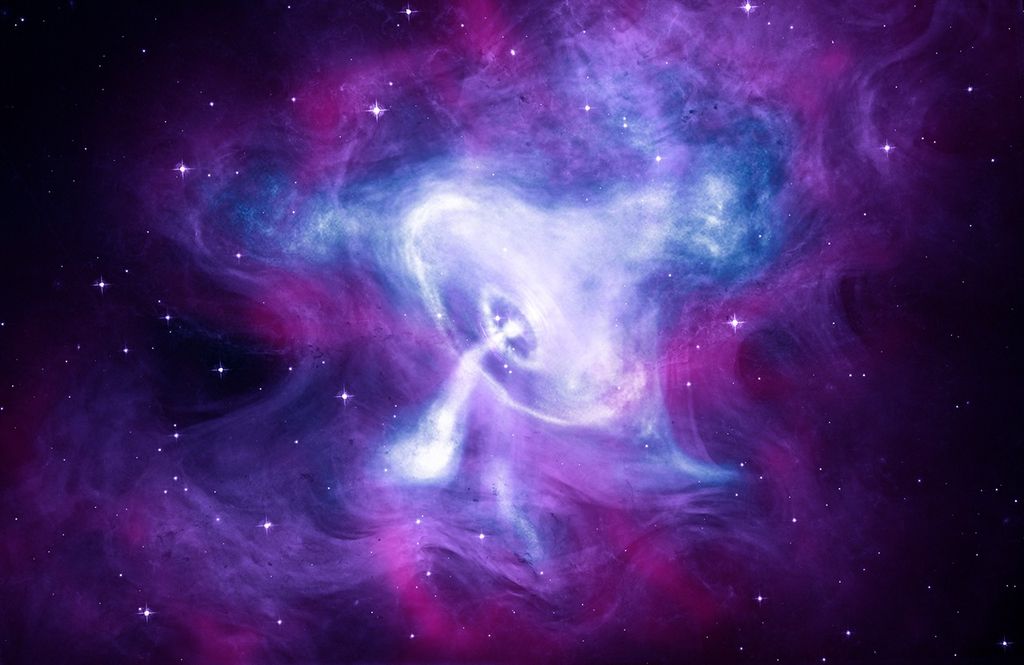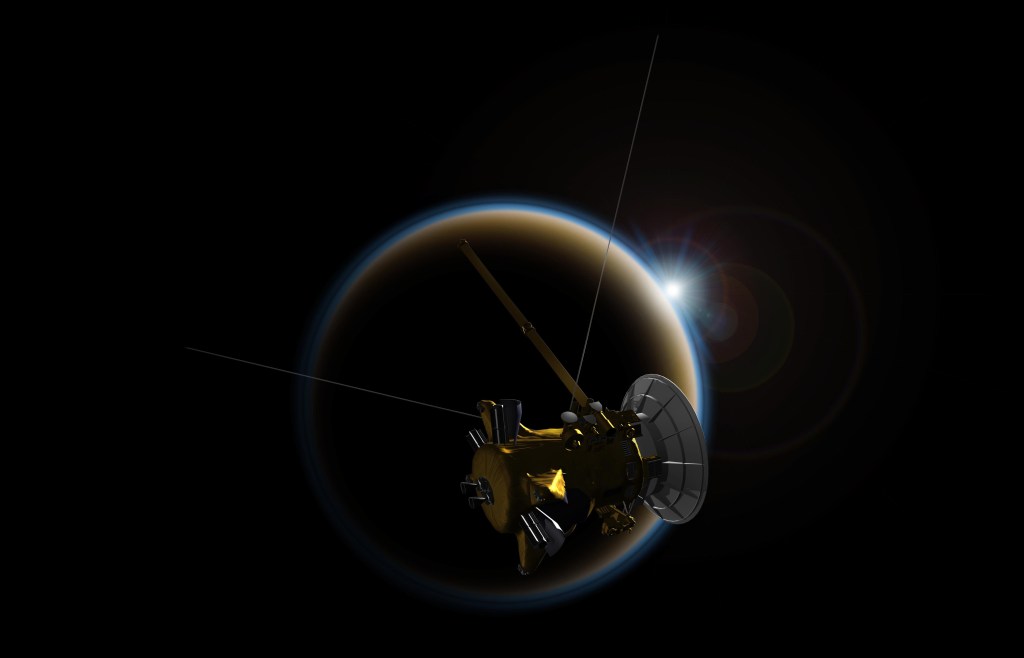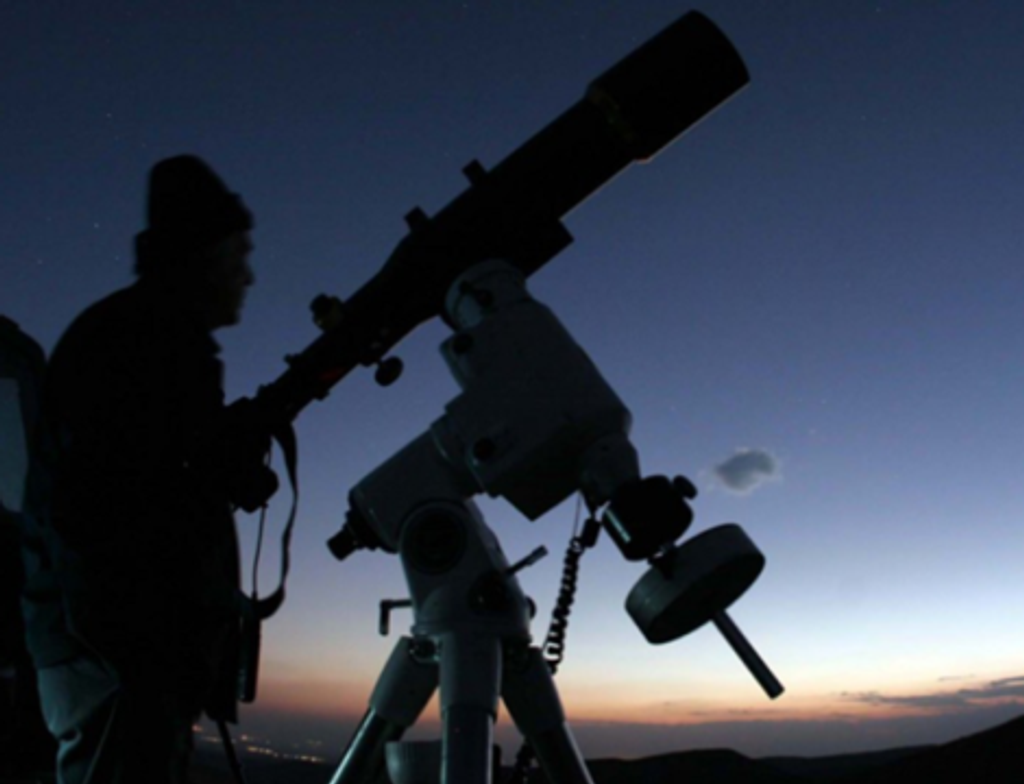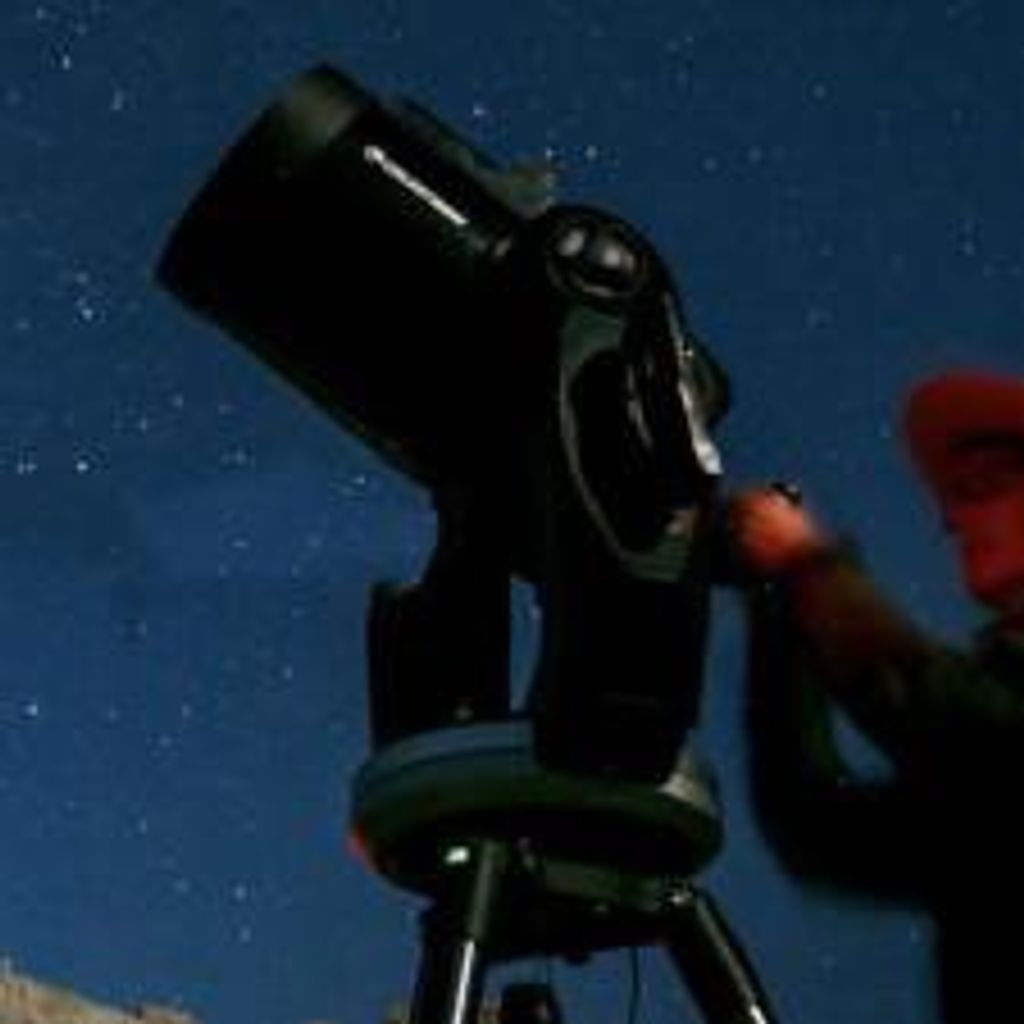1 min read
Compass Image for Icarus (MACS J1149_2223 Lensed Star 1)

About the Object
- R.A. PositionR.A. PositionRight ascension – analogous to longitude – is one component of an object's position.11h 49m 35.661s
- Dec. PositionDec. PositionDeclination – analogous to latitude – is one component of an object's position.22° 23' 48.07"
- ConstellationConstellationOne of 88 recognized regions of the celestial sphere in which the object appears.Leo
- DistanceDistanceThe physical distance from Earth to the astronomical object. Distances within our solar system are usually measured in Astronomical Units (AU). Distances between stars are usually measured in light-years. Interstellar distances can also be measured in parsecs.9.4 billion light-years or redshift = 1.5 (LS1); 5 billion light-years (cluster)
About the Data
- Data DescriptionData DescriptionProposal: A description of the observations, their scientific justification, and the links to the data available in the science archive.
Science Team: The astronomers who planned the observations and analyzed the data. "PI" refers to the Principal Investigator. - InstrumentInstrumentThe science instrument used to produce the data.WFC3/IR, ACS/WFC
- FiltersFiltersThe camera filters that were used in the science observations.ACS/WFC: F606W and F814W WFC3/IR: F105W, F125W, F140W, and F160W
- Object NameObject NameA name or catalog number that astronomers use to identify an astronomical object.MACS J1149 Lensed Star 1 (LS1)
- Object DescriptionObject DescriptionThe type of astronomical object.Gravitationally Lensed Star in Galaxy Cluster
- Release DateApril 2, 2018
- Science ReleaseHubble Uncovers the Farthest Star Ever Seen
- Credit

These images are composites of separate exposures acquired by the ACS and WFC3 instruments on the Hubble Space Telescope. Several filters were used to sample broad wavelength ranges. The color results from assigning different hues (colors) to each monochromatic (grayscale) image associated with an individual filter. In this case, the assigned colors are: Blue: F606W+F814W Green: F105W+F125W Red: F140W+F160W
Related Images & Videos

Icarus (MACS J1149+2223 Lensed Star 1)
The Farthest Star Ever Seen Icarus, whose official name is MACS J1149+2223 Lensed Star 1, is the farthest individual star ever seen. It is only visible because it is being magnified by the gravity of a massive galaxy cluster, located about 5 billion light-years from Earth....

Comparison of a Model of a Blue Supergiant’s Spectrum with Observational Data
Scientists found that the Hubble data from MACS J1149+2223 Lensed Star 1 (Icarus) matches the model for a blue supergiant. The agreement shows a remarkably good fit, and indicates that Icarus is approximately twice as hot as the Sun. The solid blue line shows the model spectrum...
Share
Details
Claire Andreoli
NASA’s Goddard Space Flight Center
Greenbelt, Maryland
claire.andreoli@nasa.gov

